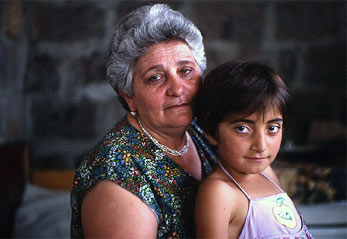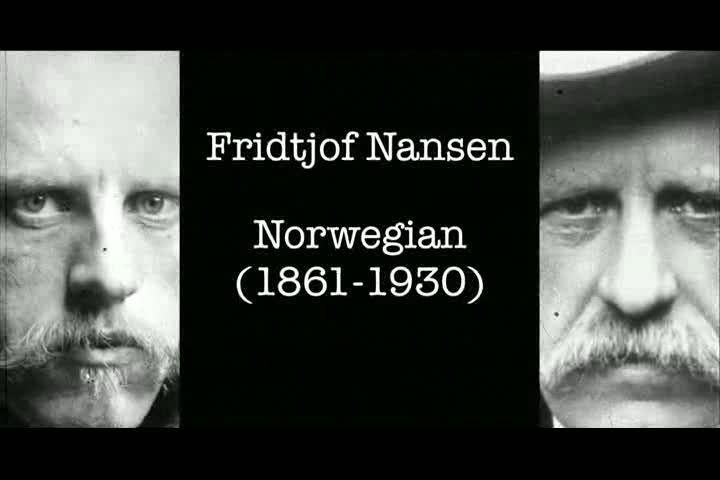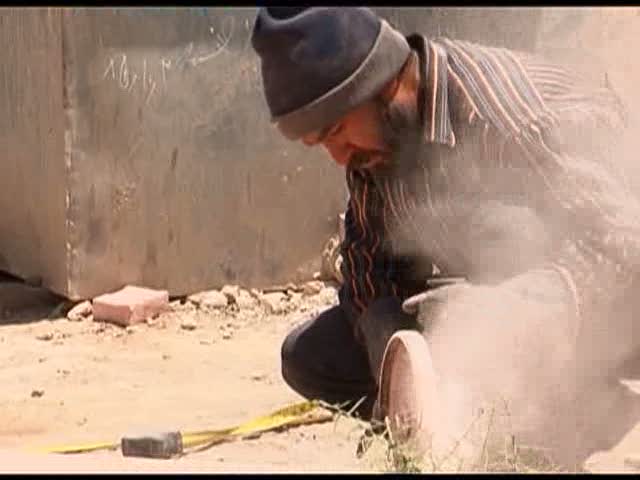Lesson plans for ages 15-18 in History: Population Displacement in the Commonwealth of Independent States
Teaching Tools, 19 March 2007

INTRODUCTION
This unit is best taught after a study of the history of the break-up of the Soviet Union (1982-1991).
1989 was a watershed in world history for, in that year, the Berlin Wall came down. In December 1991, the Soviet Union, the largest country in the world, with the third largest world population, dissolved into fifteen independent states, ten of which now make up the Commonwealth of Independent States (CIS).
Since 1989, around 9 million people have involuntarily moved within or between the countries of the CIS. In this unit, students will learn where the CIS countries are situated, and discover some of the reasons why these human displacements, including refugee flows, have taken place. They will also study in more detail the recent history of one CIS country, Tajikistan.






